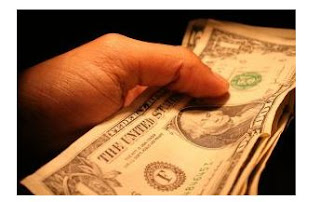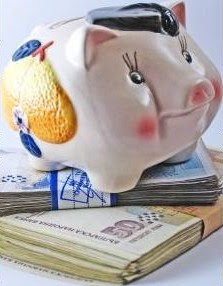
You have to look beyond the annual financial report of a company to decide the worth of a company‘s shares. The people behind the scene are pivotal in deciding the fate of an establishment. However, the people and the figures will give you a fair view of a company:
1. Management: It is important to look into the strength and competency of the team and its succession plan to ensure the continuity of the company. Do they look after the interests of the shareholders and operate with integrity, reliability, credibility, and transparency? Are they innovative and introducing new ways of generating more income?
2. Earnings per share: It is to determine the profitability of a company. The higher the earnings, the more successful is the company.
The formula: Net income/ total outstanding shares
Example: Profit after expenses, interest, taxes, and preferred dividend: $200000
Total shares: 1000000
200000/1000000=20 cents per share
3. Net asset value per share: The net asset value or the book value of each share of common stock is arrived at by taking the value of a company’s total assets less total liabilities and divided by the number of outstanding common shares. This is to illustrate what you would get if a company is liquidated.
4. Price-earnings ratio: It is the market price of a stock divided by the current per-share earnings of a company. Taking from the earnings per share as shown in No.2, with a current stock price of $2, its P/E ratio is 15 ($3/0.2). The ratio is used to determine whether a share is cheap or expensive
5. Cash flow: Cash flow is important to meet the ongoing obligation of running a business. The surplus find is also essential to pay a dividend to shareholders. There is a possibility that the company is showing a profit but not generating enough cash because of high outstanding accounts receivable. It is a dangerous sign.
6. Yield: It is actually the relationship between the annual cash dividend and the current market price of a stock.
Example: Dividend per share 50 cents, current market price per share $2.5
Calculation: 0.5*100/2.50=20%
7. Debt-to-equity ratio: It is risky to depend too much on external borrowings to run a business, especially during an economic downturn. However, get more information to find out the high DER. It is possible that the company is expanding.
The formula: Total liabilities/shareholders’ equity
Example: Total liabilities = 50 million and shareholders’ equity = 100 million
50/100=0.5 (For every dollar of equity there is a debt of 50 cents)
Do you have other ways to evaluate the worth of a company‘s stock?









